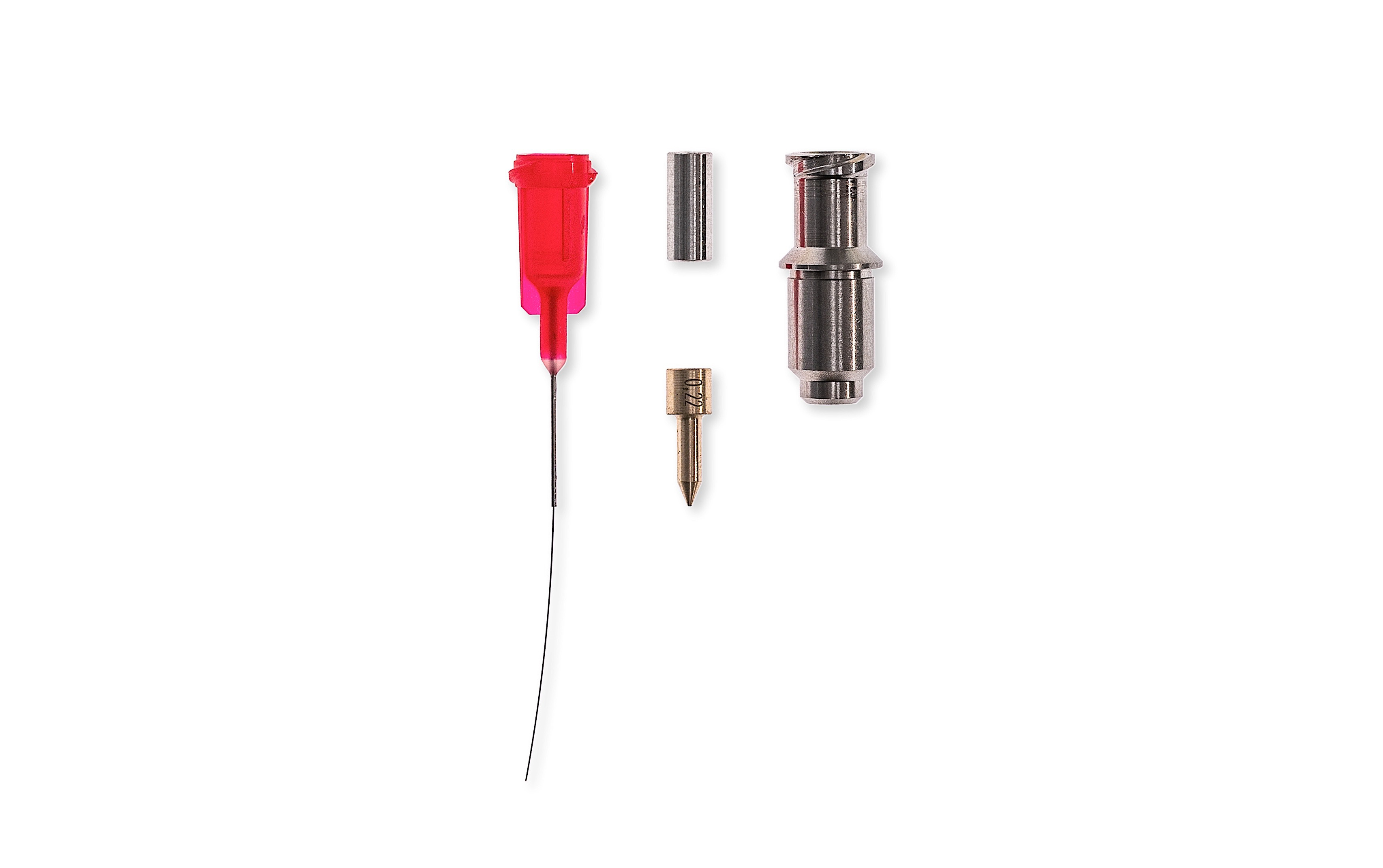

This document presents the results of a decompression experiment (Test 845) performed in the Semiscale Blowdown and Emergency Core Cooling (ECC) Project as a part of the Water Reactor safety Program of the U.S.
#OZZLE SPECIALLY FOR THE LAB FULL#
Presented are: a historical perspective of the Semiscale Program relative to reactor safety with a catalog of the Semiscale experimental facilities and data bases, the relationship of Semiscale results to 10 CFR Part 50 (Appendix K), the impact of Semiscale results on scaling experimental results to full sized operating plants, a summary of safety issues that were addressed by Semiscale testing as they arose throughout the operational lifetime of Semiscale, the contributions of the Semiscale Program to safety technology, a description of phenomena observed during Semiscale testing, the impact of Semiscale data on code development and assessment, the applicability of the Semiscale data base for code development and assessment, and finally, major conclusions and accomplishments of the Semiscale = ,

#OZZLE SPECIALLY FOR THE LAB SERIES#
The Semiscale program utilized a series of non-nuclear, scaled, PWR plant simulators to provide thermal-hydraulic data at prototypical pressures and temperatures for a wide range of nuclear safety issues. Most of these issues were related to plant response during loss-of-coolant accidents and operational transients. doi: 10.1021/ac60334a720.This document summarizes significant results from the Semiscale Program, which examined pressurized water reactor (PWR) safety issues from 1965 to 1986.

Where reagents with high vapour pressure are used such as ethanol or methanol, small pressure release holes are incorporated into the cap to release and excess vapour pressure and avoid material being ejected through the nozzle when not in use. Safety warning labels are also used to identify potential hazards. Red is used for acetone, White for ethanol or sodium hypochlorite or distilled water, green for Methanol, yellow for isopropanol and blue for distilled water. There are a consistent set of colour codes and markings used to identify the contents of wash bottles. In biological labs it is common to keep sodium hypochlorite solution in a wash bottle to disinfect unneeded cultures. These include deionized water, detergent solutions and rinse solvents such as acetone, isopropanol or ethanol. Wash bottles may be filled with a range of common laboratory solvents and reagents, according to the work to be undertaken. Most bottles contain an internal dip tube allowing upright use. Most wash bottles are made up of polyethylene, which is a flexible solvent-resistant petroleum-based plastic. When hand pressure is applied to the bottle, the liquid inside becomes pressurized and is forced out of the nozzle into a narrow stream of liquid. Wash bottles are sealed with a screw-top lid. The wash bottle is generally used in the clean-up phase of many experimentsĪ wash bottle is a squeeze bottle with a nozzle, used to rinse various pieces of laboratory glassware, such as test tubes and round bottom flasks. They are filled with appropriate cleaning liquids, and poured over the tool that needs to be cleaned. To clean laboratory glassware and other equipment. Plastic wash bottles for ethanol and water


 0 kommentar(er)
0 kommentar(er)
